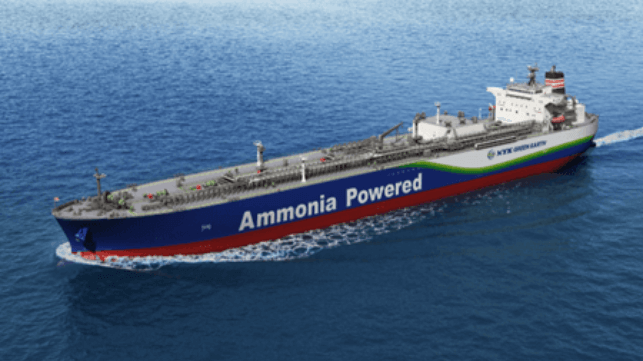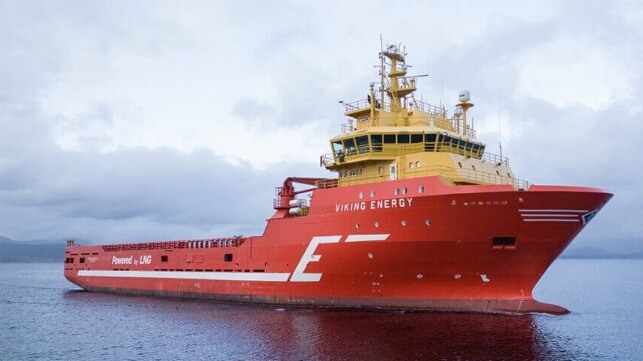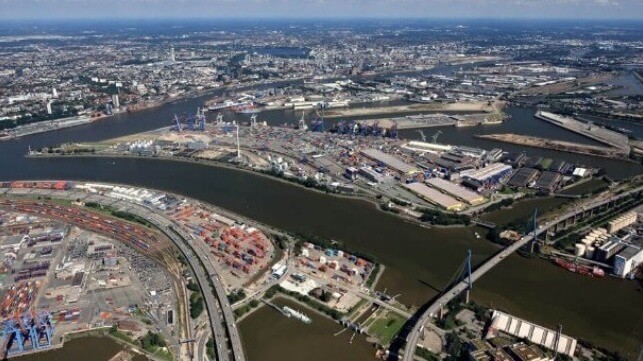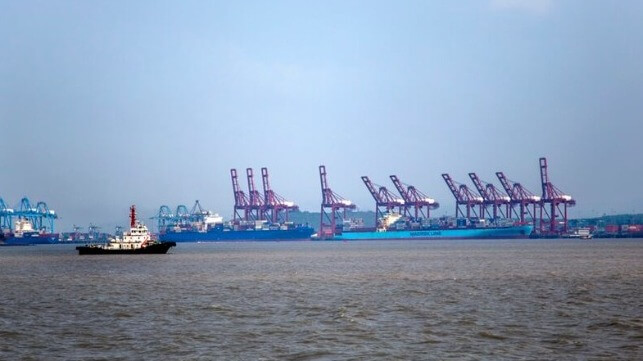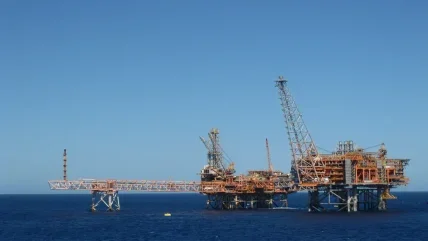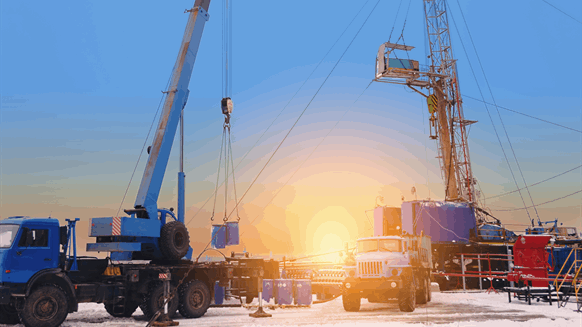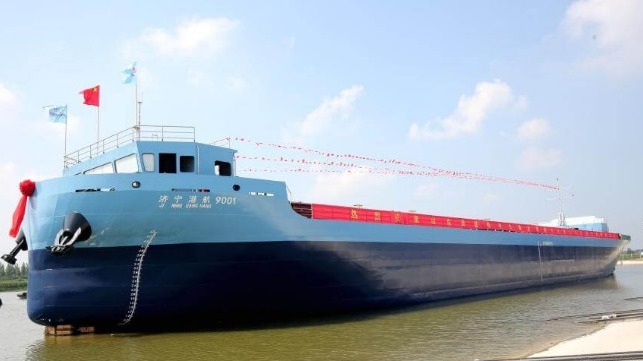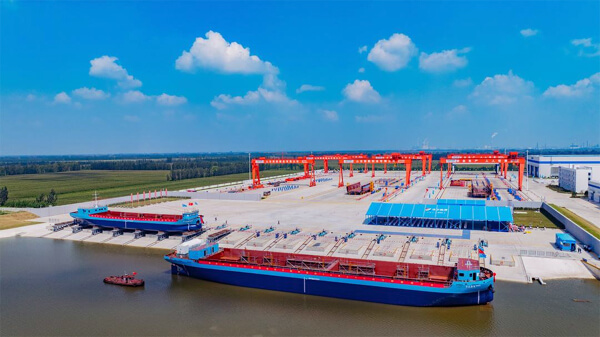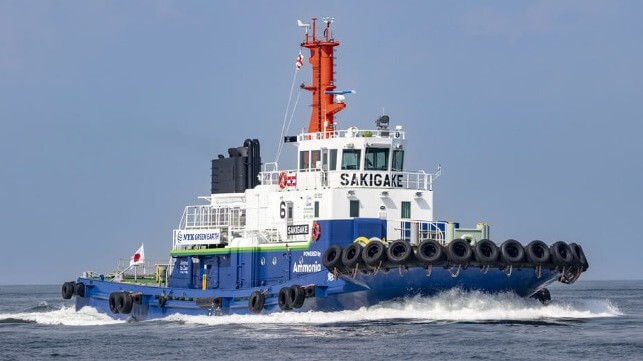Venture Global Received First Vessel at New Plaquemines LNG Plant
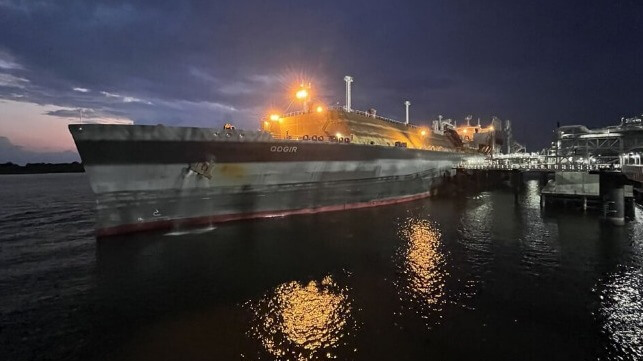
The new Plaquemines LNG export plant in Louisiana appears to have entered its final stage of ramp-up as the first LNG vessel arrived over the weekend expected to begin the cooldown phase of the first train as the plant prepares for production. Venture Global which is developing the facility which will become the second largest export terminal in the U.S. only posted a cryptic message with a photo of the vessel and the caption Plaquemines.
The first vessel, the Malta-registered Qogir (174,000 cbm) had departed Equinor’s Hammerfest LNG terminal in Norway and according to Kpler is carrying LNG under a Department of Energy re-export license. The vessel had been holding since last week in the Southwest Pass Anchorage before DOE on Friday granted the license. Reuters reports a second vessel is also proceeding toward the facility.
Venture Global in its applications to DOE said as many as three vessels could be required during the cooldown phase of the facility. The company had received DOE permission to deploy nitrogen into the facility which is used during the purging and testing of an LNG facility. Reuters reports the plant in June and July had begun to take in gas as a step before beginning LNG production.
Venture Global had previously said it expected to begin production at Plaquemines before the end of this year. The first train will have a capacity of 1.8 billion cubic feet per day and a second train with 1.2 billion capacity is expected to go online between 2025 and 2026. When fully operational, Plaquemines will have a capacity of 20 million metric tons per annum.
The facility becomes the next major facility for Venture Global which also began its Calcasieu Pass facility in January 2022. The company hailed the approval from the Federal Energy Regulatory Commission at the end of June approving its third facility CP2 LNG. It will be located on an approximately 546-acre site in Cameron Parish, Louisiana.
In the next phase of its expansion, Venture Global in March 2024 announced that it would be the first U.S. producer to buy and operate a fleet of LNG carriers. The company revealed that it has purchased nine vessels, including three of the largest carriers, with delivery of the vessels due to start later this year.
The expansion of the operations comes as the United States is currently the world’s largest exporter of LNG. The U.S. surpassed Qatar and Australia in volumes although Qatar is currently gearing up to complete its massive North Field which will again make it the largest exporter coming at a time when global demand for LNG continues to rise.
